In our last post we looked at how to get your target audience to respond and why having a single-minded idea makes it easier for people to "get" it.
Today we start to unpick some of the complexities of the new digital landscape to help you make strategic decisions that will see you effectively connect with your customers. We might not have all the answers here, but we’ll certainly help you ask some of the right questions!
THE MEDIA LANDSCAPE
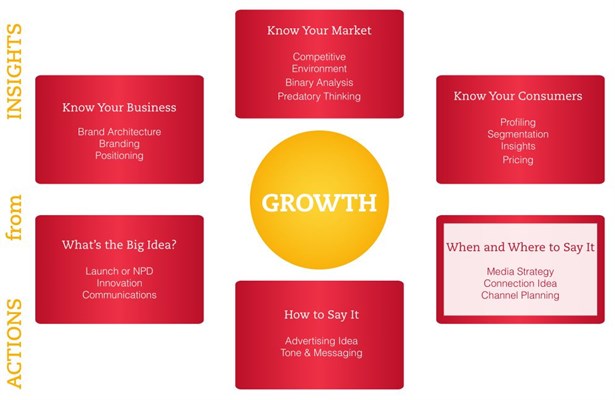

The media landscape is unrecognisable from 20 years ago when it was a few TV channels, a bit of radio and a couple of papers.
Now we are faced with more messages, more fragmented audiences, more fragmented media, more choices, more opportunities and a lot more noise.
Today we need to think in terms of “owned”, “earned” and “paid” for media to be working together.
“We found advertising works the way the grass grows. You can never see it, but every week you have to mow the lawn.” - Andy Tarshis, A.C.Nielsen Company

“We are a big marketer. We are not a mass marketer.”- M. Lawrence Light, McDonald’s Chief Marketing Officer
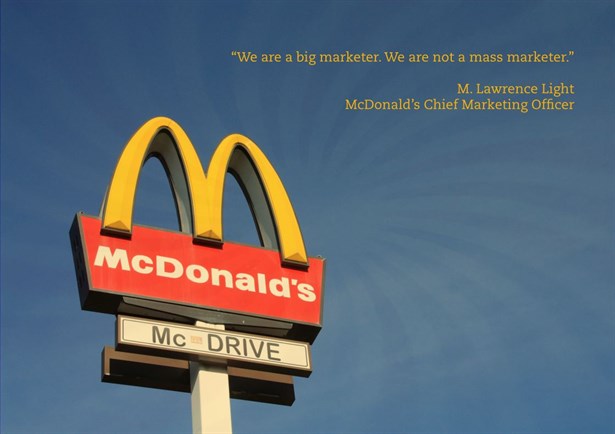
“Media organisations have learned how to buy sausage and bread for the cheapest price, they haven’t learned how to create great tasting hot-dogs”

“Traditional advertising is buying time, online is about creating time.”

MEDIA CONTEXT
Terms and Definitions

“The Kid’s Kit”
Who?
Target audience
What?
Objectives of the campaign
Where?
Geography/distribution
When?
Timing/seasonality of given campaign
How?
How much it costs, how often
Tarps
Target Audience Rating Points is the sum of ratings achieved by a specific media vehicle or schedule. It represents the percentage of the target audience reached by an advertisement. If the advertisement appears more than once, the TARP figure represents the sum of each individual TARP.
For example:
- 1 TARP = 1% of target reach
- 2 TARPS = 1% of target reach with 2 viewings or 2% of target reach with 1 viewing
- In the case of a TV advertisement that is aired 5 times reaching 50% of the target audience, it would have 250 TARP = 5 x 50%
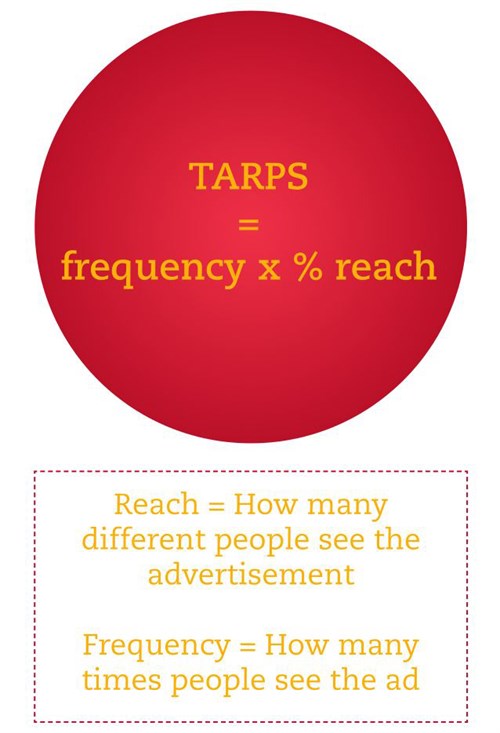
Tarp vs. Reach
Stats for Sydney market - people aged 25–54 - Day 8 Technology Pty Ltd
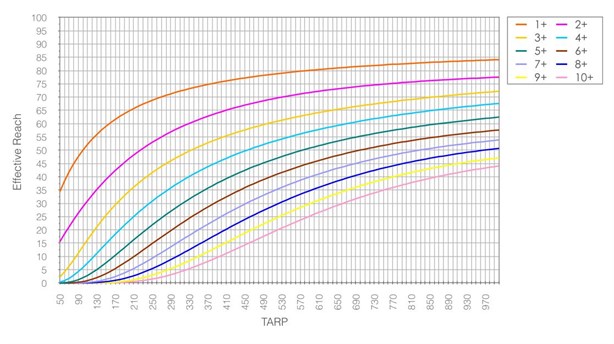
Krugman’s Three Hit Theory
“Let me try to explain the special qualities of one, two and three exposures. I stop at three because as you shall see there is no such thing as a fourth exposure psychologically; rather fours, fives, etc. are repeats of the third exposure effect.
Exposure No. 1 is a ‘What is it?’. Anything new or novel no matter how uninteresting on second exposure has to elicit some response the first time...if only to discard the object as of no further interest...
The second exposure...response...is ‘What of it?’...whether or not [the message] has personal relevance...
By the third exposure the viewer knows he’s been through their ‘What is it?’ and ‘What of it?’, and the third then becomes the true reminder...The importance of this view...is that it positions advertising as powerful only when the viewer...is interested in the [product message]...Secondly, it positions the viewer as...reacting to the commercial – very quickly...when the proper time comes round". - Herbert E. Krugman

Effective Frequency Factors
Ostrow (1982) suggests a number of factors that might be used to help estimate an effective frequency. The planner must weight the various factors according to their relevance, and then rate them according to the degree to which they characterise the advertising situation. Using a frequency of 3 as a mid-point, certain factors either reduce or add to the required frequency level.
For example: An established brand may only require an effective frequency level of 2.5 because of their high market share and their high brand loyalty.

MEDIA FRAGMENTATION
More advertisers across more mediums
The Communication Attrition Rate
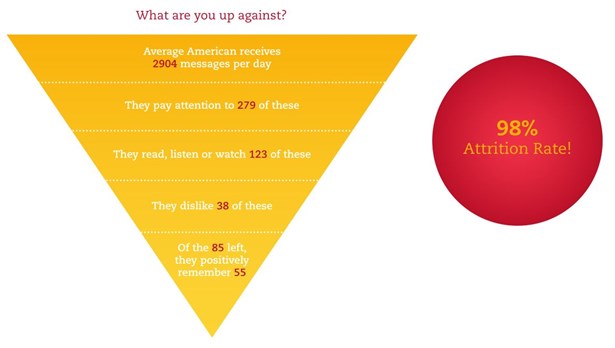
Media Fragmentation (2005)
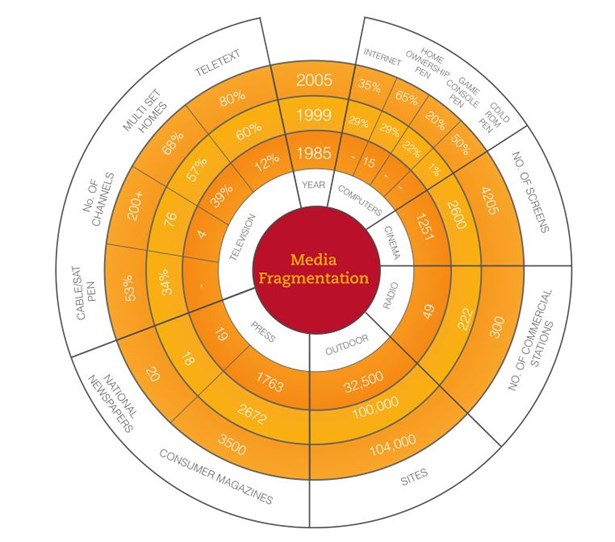
PR Considerations
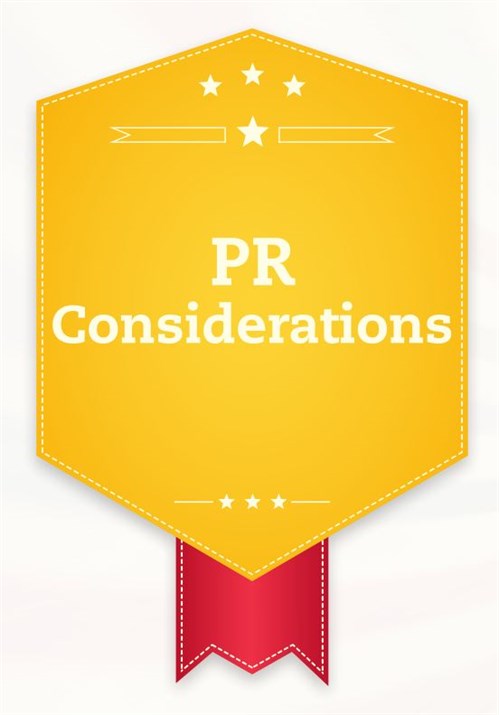
PR should always come before paid media!
When launching a PR campaign there are a few things to keep in mind:
- What you’re against is the thing that makes news. Articulate your difference and how you plan to create change.
- Roughly 6 times as many people read the average article as the average advertisement.
- You never get a second chance to make a good first impression.
- PR first, advertising second (PR plants the seed, advertising harvests the crop).
- Consistency. You must keep at it, year after year. PR should always come before paid advertising.
The number one rule?
PR should always come before paid advertising
Using PR to Support the Sales Funnel
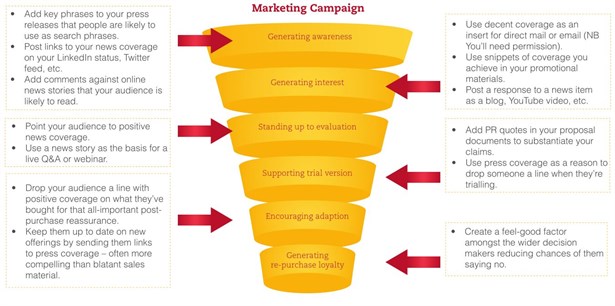
In our next post we explore individual media to give you an idea of the positives and negatives of each.